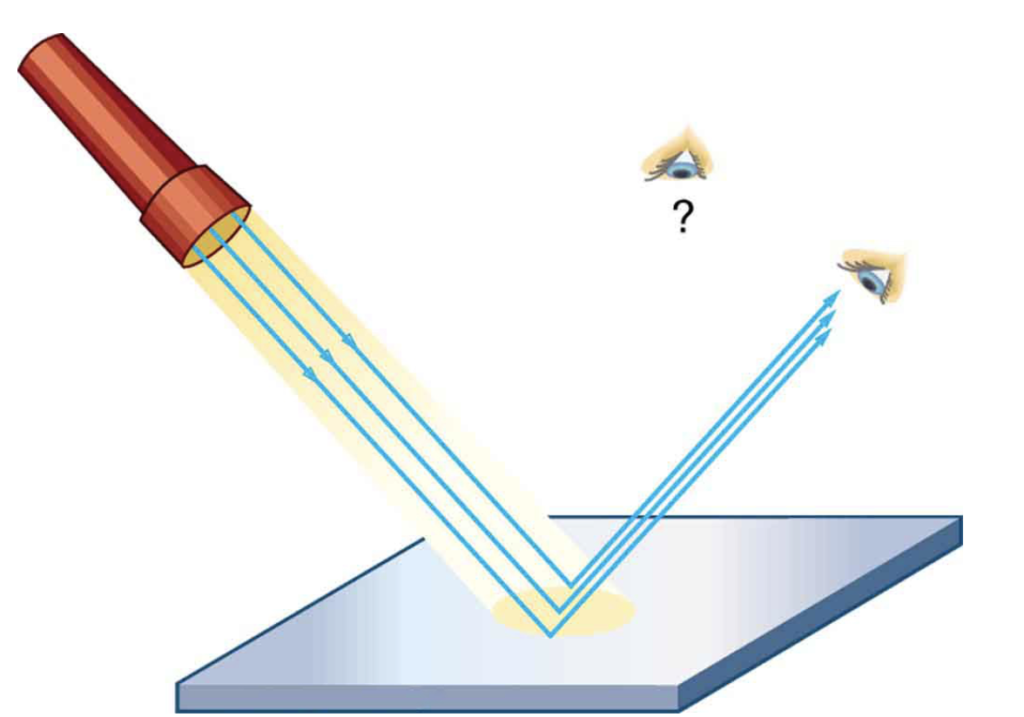Beyoncé said, “Baby, I can see your halo,” but she really should’ve asked, “How can I even see your halo?” It’s the same number of syllables!
There’s no other way to say it: halos appear everywhere in pop culture. They’re angelic, Beyoncé made a song about them, there are apparently video games named “Halo”… this is wild! However, have you ever stopped and wondered: what even is a halo? How do they just appear? How did halos even get to be?
Commonly associated with angels, halos are presented as pretty rainbow rings that appear in the sky. Or, if you’re a person of science, then they are essentially rings of refracted light or light that is being reflected at you after it changed direction upon hitting an object (1). Everything we see is made of refracted light.
So, first off, what creates halos?
Most commonly, halos are made using high cirrus clouds, which form about 20,000 feet in the air and are composed of ice crystals (2). High cirrus clouds often appear before a storm. When the light from the sun hits these clouds, two things occur: reflection and refraction (3).
As it was defined earlier, refraction is light hitting an object, in this case, ice crystals, and ‘splitting’ at an angle. From there, since that object is reflective, the light bounces back at that same angle, as shown in Figure 2 (1). The light bounces back to your eyes at the same angle, and since the sun is circular and it is being hit in all areas, a bunch of dots hitting a circular surface will reflect a circle.
Additionally, there is another interesting but rare way halos are made that still involves ice crystals. Instead of utilizing crystals in high cirrus clouds, ice crystals just floating in the air, sometimes referred to as ‘diamond dust,’ can be used (4).
Diamond dust is often formed through a phenomenon known as temperature inversion: when warmer air located high above the ground mixes with colder air near Earth’s surface creating a higher relative humidity, or higher water vapor concentration in the air. In cold temperatures, elevated humidity creates diamond dust (4). Using the same refraction-reflection mechanism, light can hit these ice crystals and form even more halos.
However, halos are pretty special. Not only because they’re pretty and require cool interactions between ice and light but also because the specific halo you see is completely dependent, and thus unique, to where you are standing. Since light reflects at an exact angle, you must be standing at a very particular position to see that halo. If you move, you’ll see a different halo because you’ll be seeing the different reflected rays of light.

In conclusion, halos are awesome! They’re formed by light hitting ice crystals either located close to us or in high cirrus clouds and performing refraction and reflection. If you’re already dying to see these halos, try to go outside on a sunny day before a storm is predicted. You will hopefully see some!

Citations
- Refraction of Light. Hyper Physics. Retrieved from http://hyperphysics.phy-astr.gsu.edu/hbase/geoopt/refr.html
- Cirrus clouds. Met Office. Retrieved from https://www.metoffice.gov.uk/weather/learn-about/weather/types-of-weather/clouds/high-clouds/cirrus
- (2021, September 27). What makes a halo around the sun or moon?: Space. EarthSky. Retrieved April 3, 2022, from https://earthsky.org/space/what-makes-a-halo-around-the-moon/
- American Meteorological Society. diamond dust. AMS Glossary of Meteorology. Retrieved from https://web.archive.org/web/20090403084329/http://amsglossary.allenpress.com/glossary/search?p=1&query=diamond%2Bdust&submit=Search
Images:
- https://courses.lumenlearning.com/physics/chapter/25-2-the-law-of-reflection/
- https://earthsky.org/space/what-makes-a-halo-around-the-moon/
